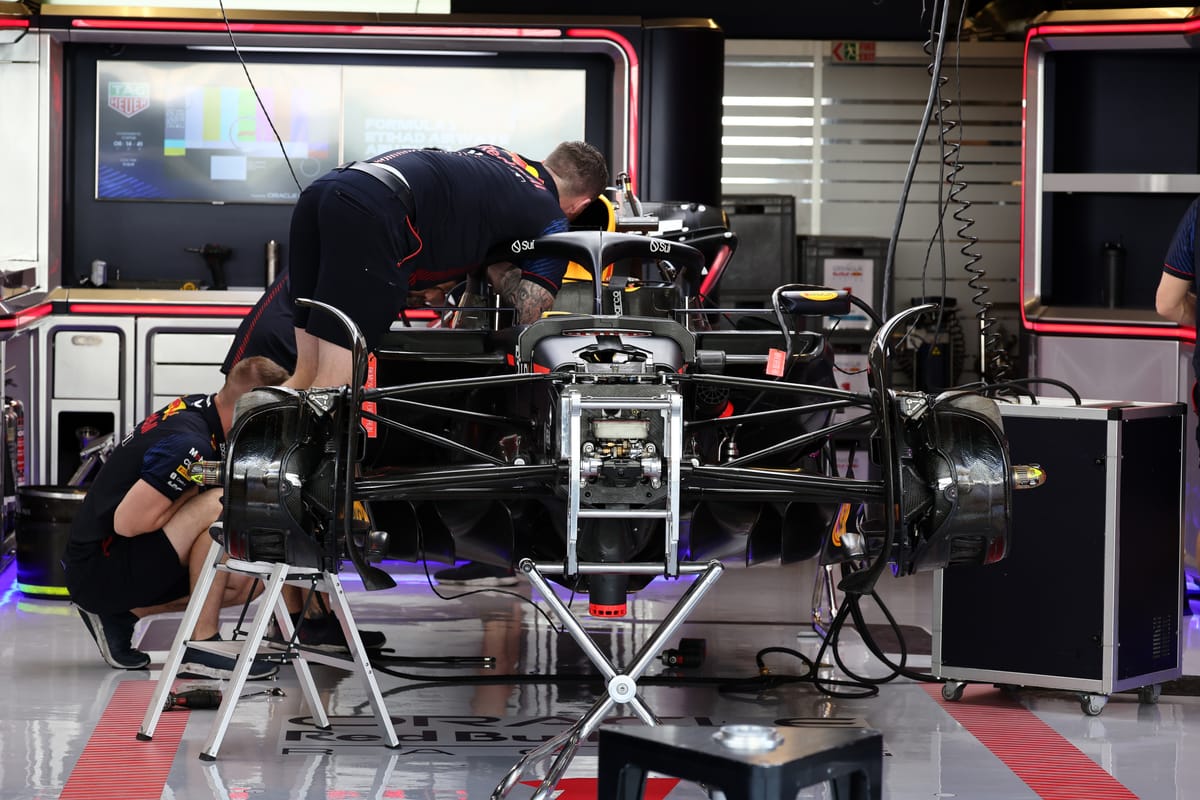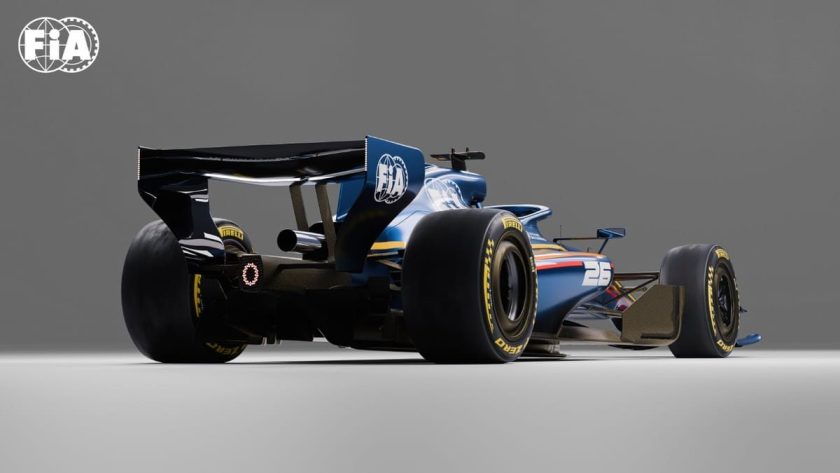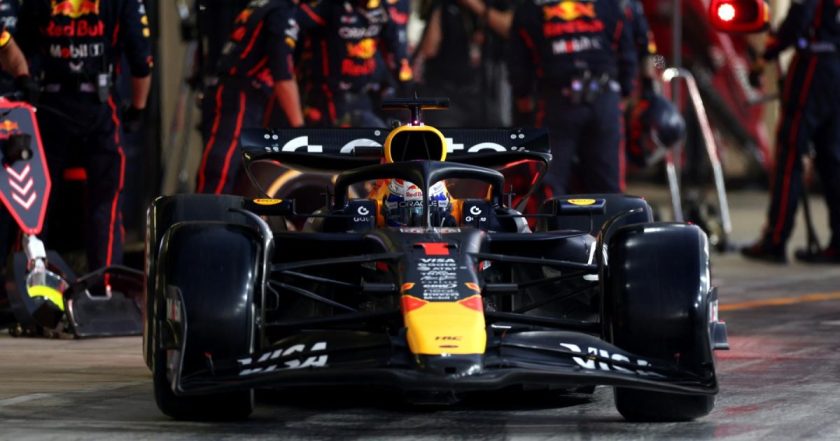P1racenews AI automatic summary:
A nail-biting experience where one failure can set a team back dramatically is a hurdle every F1 team has to clear before the seaso
that they can cut, trim, and shape materials with precision, reducing weight and increasing efficiency. This technology allows them to optimize the design and performance of each component. However, with all the advancements in technology and engineering, there is always a trade-off between weight reduction and structural integrity. Finding the balance between lightweight and robust materials is crucial in ensuring the car’s safety and performance.
Furthermore, aerodynamics play a crucial role in Formula 1 car design. The teams invest significant resources in wind tunnel testing and computational fluid dynamics (CFD) simulations to fine-tune the car’s aerodynamic performance. Every little detail, from the shape of the nose to the curvature of the wings, is meticulously analyzed to maximize downforce and minimize drag.
Finally, the integration of power units and hybrid systems presents another challenge for teams. The complex hybrid powertrains require careful packaging to fit within the car’s architecture while also maintaining optimum weight distribution. This involves finding the right balance between engine performance, energy recovery systems, and battery placement.
In summary, designing a Formula 1 car involves a meticulous process that balances weight reduction, structural integrity, aerodynamics, and powertrain integration. Teams utilize advanced technology and engineering techniques to optimize each component and ensure compliance with safety regulations and performance requirements. The pursuit of speed and efficiency in F1 pushes the boundaries of automotive engineering, making it a fascinating and ever-evolving sport.






